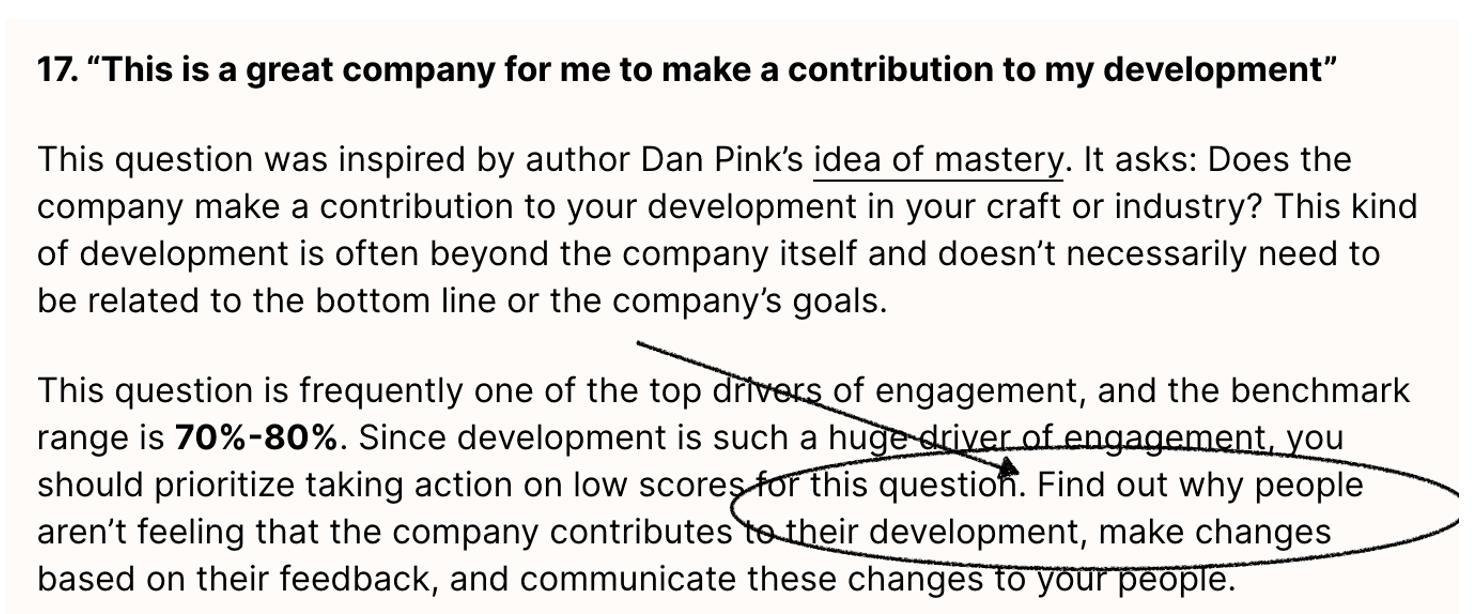Jan Vrencken focuses on integrated organizational development with MoJa Potential Activation. They detect and activate the true potential in the organization. Employees that experience a higher job satisfaction and work smarter achieve better results. This also results in more satisfied customers. Part of its approach is the CircleLytics dialogue that they have been using with their customers for about four years to collect input from employees and engage them at the same moment.
Request demo
Vrencken: “With this approach you offer and get involvement from your employees and at the same time you create ownership of your company’s challenges and opportunities. You literally give the entire organization a voice within a few days to two weeks via the online dialogue, within the context provided by management and the current challenges. Ideas are delivered bottom-up and validated, so it is truly a joint effort. As an employer, asking the right question provides you with an amazing pile of validated, ranked insights, that you otherwise would not have been able to obtain. You can reach anyone you want in just a few days to weeks. One of the responses of a management team member to the results of a dialogue always sticks with me: ‘This is just a goldmine’. And he couldn’t have said it better.”
Inclusive approach
The dialogue consists of two rounds. In the first round, one or more questions are asked and in the second round, the participants evaluate the answers given in the first round from each other. Algorithms ensure that they learn from colleagues who think differently, and that makes them think a lot deeper and deal more consciously with the challenge you presented them. The management team of our clients is well aware that employees can make or break decisions. In other words: if employees do not understand, support and are not involved in the decisions and changes, you will hurt their commitment. Alternatively, now, you can involve them via employee dialogues, activate them, let them think along with you and thereby win their support and loyalty. Employees participate at their own time, from their own location, so simply during and between work. You can reach anyone you want in just a few weeks and listen seriously to what they experience, know, think and feel. This is a truly inclusive and collective intelligence approach.
Best wishes card
Recently MoJa Potential Activation deployed the CircleLytics dialogue with an mid sized company at the beginning of the year and they asked only one question: What do you wish your company for in 2023? Management wanted a better insight into what was going on within the organization, among the employees themselves. What topics do they find important? Why?
Vrencken: “In January, best wishes are flying back and forth, but what does that mean for every employee, those best wishes? What exactly do you wish and why? And does the management team also know what people need or do they make assumptions? And what decisions do they base on non-validated assumptions? An employee satisfaction survey is often mainly based on scores and individuals’ input, without you knowing whether the other employees see it that way as well or change their minds because of someone’s input. The single (only one) round of such old survey technology simply does not provide a basis for making decisions. And it is impracticable for members of the management team to speak to everyone face-to-face, let alone on a regular basis. You want the involvement that brings about personal attention, proximity. With an online (anonymous) dialogue you do get those insights and at the same time you feed a more positive spirit and culture.
Answers to that one question provide great insights into what people think, see and experience and where they want or find change necessary. This allows the management team to get to work immediately, for example for the new annual plan, a project or a bottleneck. After all, she knows where the accents should be and why. Within five weeks instead of five months you will have a strategy that you know employees want. After all, they contributed to it themselves. That is five times faster and a lot more effective.”
Voice from the organization
The online dialogue is a modern, meaningful working method for management teams, change managers and HR. In the first round, one or more questions are asked and in the second round, the participants assess the answers given in the first round. This makes it immediately clear which answers are preferred and which are not. In this way, the management does not have to think for the employees, because they retrieve answers directly. An example is that employees answer that one question: ‘What do you wish for your company in 2023?’. Other examples of questions are:
“What do you think is an important idea to ensure that [….] becomes successful?”
“How do you think ABC can best be accelerated?”
“What is your experience/tip that others could learn from to deal with the high workload?”
“What do you find most difficult to do in a good way at home instead of at the office?”
“What can managers in our organization do smarter or differently to increase job satisfaction?”
The CircleLytics Dialogue unique QuestionDesignLab helps to translate your challenge into solid open-ended questions. You can also ask as an open + closed question in one or just stick to a closed scale question: the platform is this way a one-stop-shop and you don’t need a separate survey provider anymore. Vrencken: “We design a lot of custom work and tailor questions and the frequency of dialogues to the specific situation of the organization. For example, every quarter, you can present a smartest set of 3-5 questions to employees and cover this way a number of topics.”
Representative answers
Vrencken: “We always coordinate the questions in co-creation with the customer, but we ourselves have extensive experience with questions that challenge, inspire and encourage thinking along. Only with the right questions will you receive targeted answers that you are looking for and employees will learn from each other’s inspiring words. Because the results are reliable and representative, you can arrive at a higher quality of your decisions after those two rounds. The participants themselves are asked about their experience with the dialogue, and, as in the example above, the dialogue scored a 4.5 on a scale of 5. Important, because you want to do things that positively influence the experience of employees. Giving them a say and taking them seriously are two things, but make sure it’s done in a way they appreciate and find interesting. That creates high engagement ánd commitment.
Important to know: ask only a few questions, but very relevant ones. This creates focus and avoids employees being distracted by questions and topics that are beside the point.
A lasting gift
The dialogue gives a go-ahead for concrete improvement in the field of organizational development and the great thing is that these topics come from within the organization itself. Vrencken: “We will share the results in a presentation with the management team and we will elaborate on some of the most supported answers in the integrated way that MoJaPa works. It is of course great that there is such a high level of commitment from the staff. In the dialogue, they immediately indicated other topics on which they would like to explore and think along. A good time and a great springboard to continue and to use the joint knowledge and experience on these new subjects as well. With the results from the dialogue you have a data file from which you can define improvement processes in all areas that are supported by the organization. That is also what working smarter is about. Create time, increase efficiency and do the right things that contribute to the goal. The dialogue is rightly a gift that you benefit from immediately.”
If you would like to know more, please contact Jan or his colleagues. You can also schedule an introduction or demonstration with the CircleLytics Dialogue team.

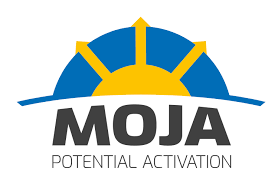
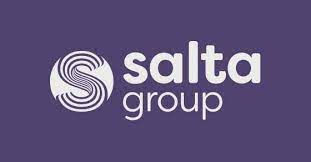
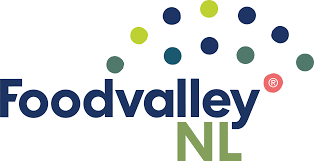

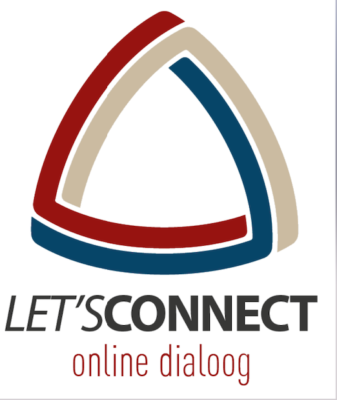

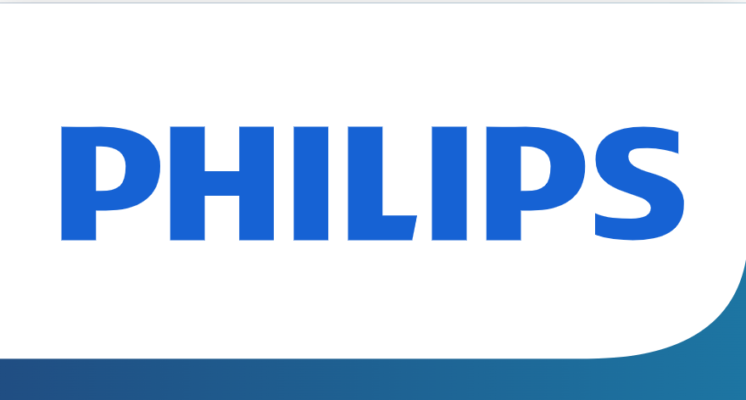

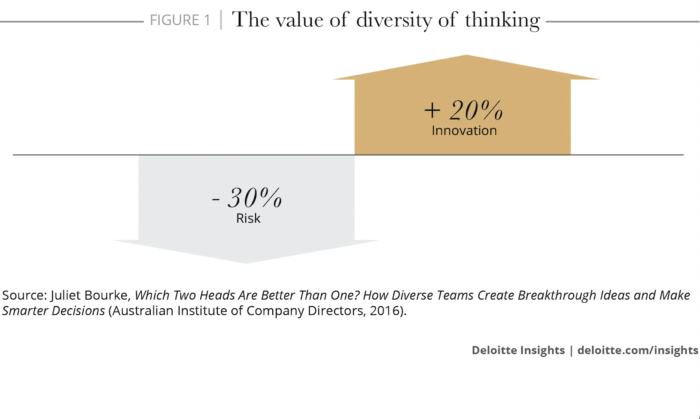
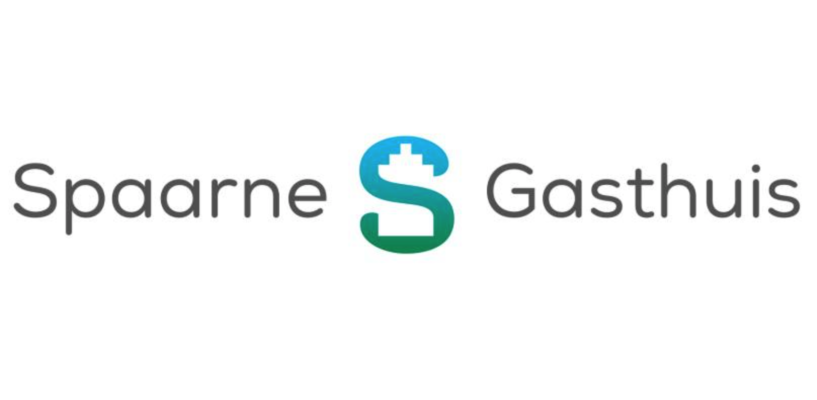


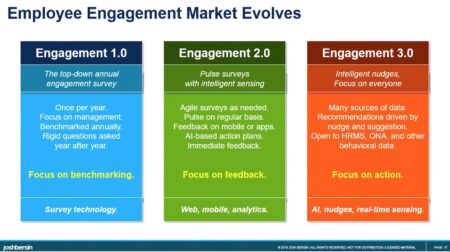

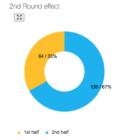

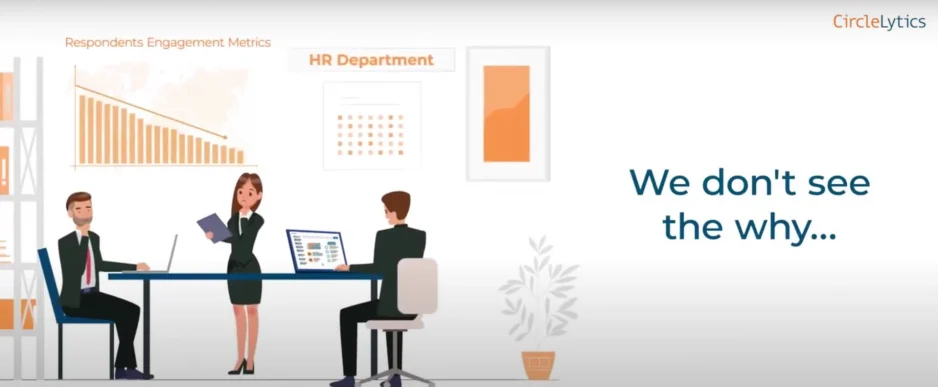
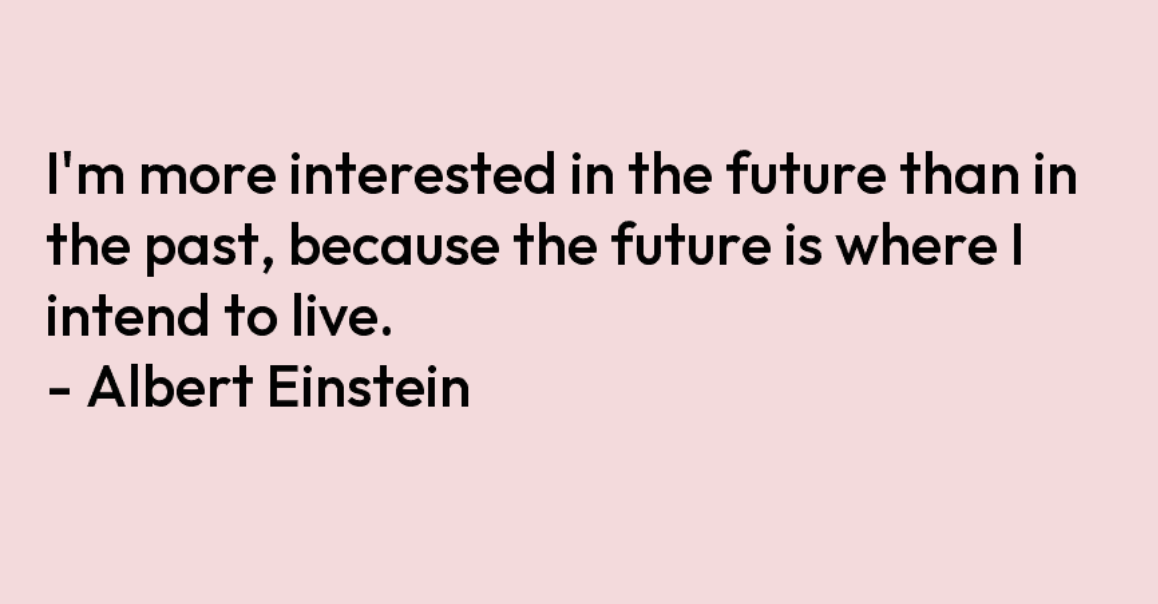 no require, need to be take seriously for their opinions. You also get a higher response rate and a much better response; they take answering your question seriously. As a result, your research becomes more reliable. Don’t forget to ask more questions about the future and present, than about the past; the past doesn’t resonate strongly enough with people.
no require, need to be take seriously for their opinions. You also get a higher response rate and a much better response; they take answering your question seriously. As a result, your research becomes more reliable. Don’t forget to ask more questions about the future and present, than about the past; the past doesn’t resonate strongly enough with people.